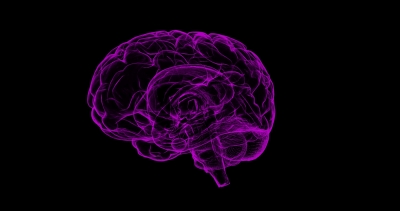London– An international team of researchers has created a series of brain charts spanning our entire lifespan — from a 15-week-old foetus to a 100-year-old adult — that show how our brains expand rapidly in early life and slowly shrink as we age.
To create the BrainChart platform, the researchers, spanning six continents, aggregated the largest neuroimaging dataset to date, consisting of 123,984 MRI scans from 101,457 participants ranging in age from 115 days after conception to 100 years old, drawn from more than 100 primary research studies.
“One of the things we’ve been able to do, through a very concerted global effort, is to stitch together data across the whole life span. It’s allowed us to measure the very early, rapid changes that are happening in the brain, and the long, slow decline as we age,” said Dr Richard Bethlehem from the Department of Psychiatry at the University of Cambridge, one of the co-leads of the study.
The BrainChart — published on the open access site brainchart.io and described in a study published in the journal Nature showed that the volume of grey matter (brain cells) increases rapidly from mid-gestation onwards, peaking just before we are six years old. It then begins to decrease slowly.
The volume of white matter (brain connections) also increased rapidly from mid-gestation through early childhood and peaks just before we are 29 years old.
The team also found that the decline in white matter volume begins to accelerate after 50 years. Grey matter volume in the subcortex (which controls bodily functions and basic behaviour) peaks in adolescence at 14-and-a-half years old.
Although not currently intended for clinical use, the team hopes the charts will become a routine clinical tool similar to how standardised paediatric growth charts are used.
The datasets already have around 165 different diagnostic labels, meaning that researchers can see how the brain differs in conditions such as Alzheimer’s disease.
“We’re still at an extremely early stage with our Brain Charts, showing that it is possible to create these tools by bringing together huge datasets. The charts are already beginning to provide interesting insights into brain development, and our ambition is that in future, as we integrate more datasets and refine the charts, they could eventually become part of routine clinical practice,” Bethlehem added. (IANS)















